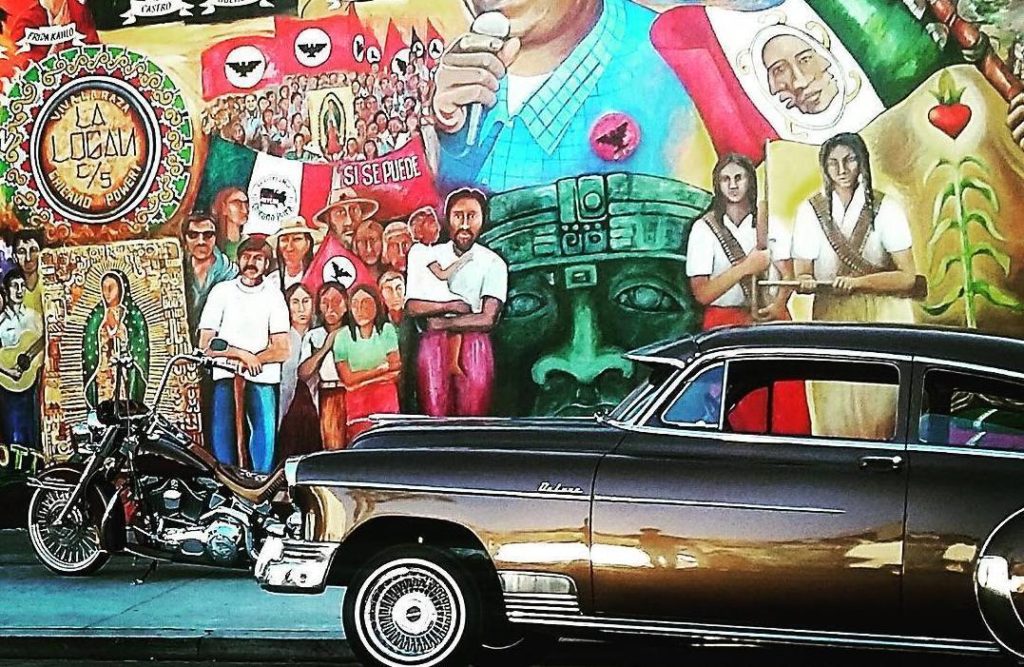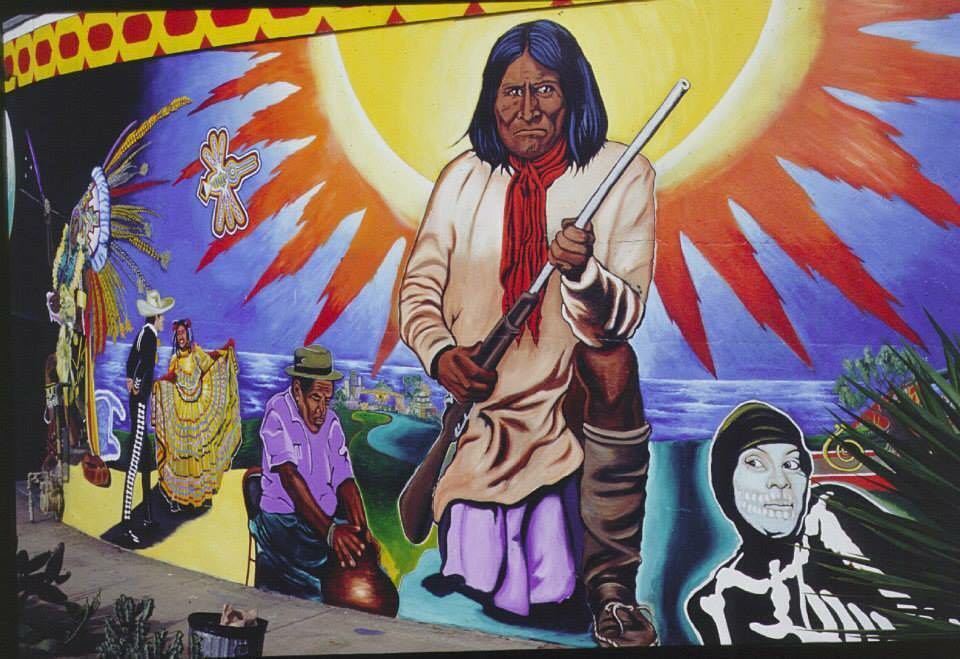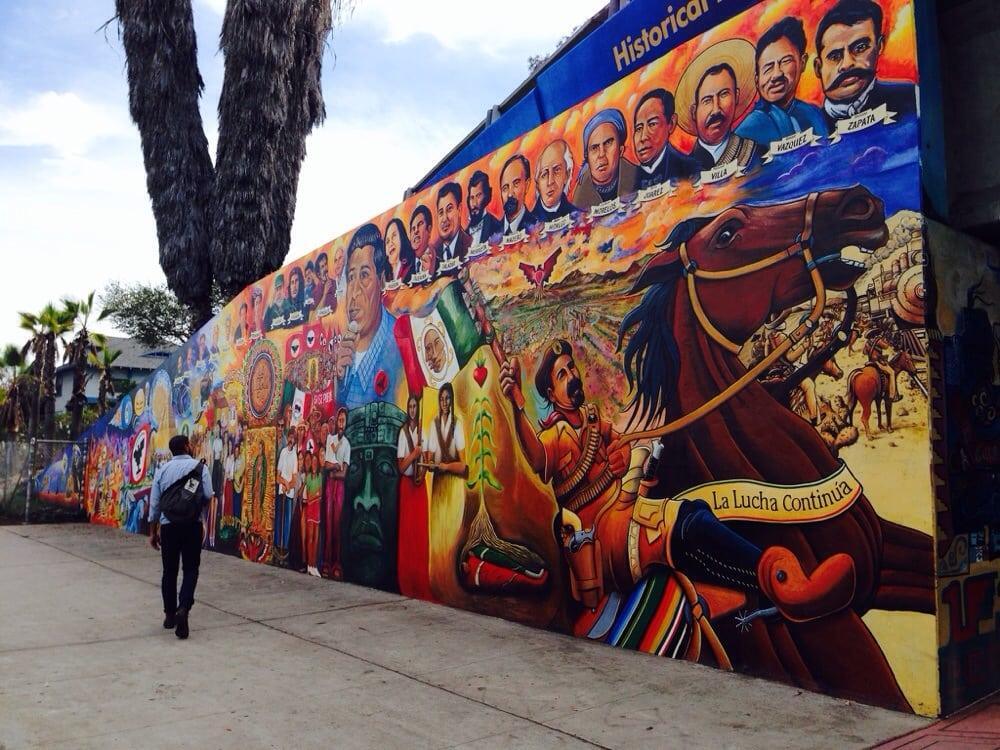by Tiago Botelho
Mexican prestige in modernist painting is undeniable, thanks to the work of artists such as David Alfaro Siqueiros, Jose Clemente Orozco, Frida Kahlo and Diego Rivera. One of the traits that characterizes the legacy of this generation – especially the muralist painters – is the interest in the social issue, especially peasant emancipation and the struggle for more dignified living conditions, as well as the fight against US imperialism, the rescue of indigenous heroes who were martyred by the Spanish people among other themes that aligned the Mexican aesthetic program with the revolutionary utopias of the twentieth century.
Times have changed, but the seeds sown by this celebrated generation have been in and out of Mexico. And it was with great joy that I personally met some representatives of this new generation of artists on the occasion of the “Muraleando project”, held in Havana, Cuba in April 2018. Despite the decades separating the two groups, these artists keep the revolutionary flame of predecessors, proving that muralism remains one of the main forms of expression of Mexican painters.

Not Mexicans – CHICANS – as the group in question has established origins between the United States and Mexico. Many of them still migrated as a child to California, others had deported families from the USA to return years later, still others were born in US territory. Distinct stories of the same often tense conflict surrounding what were once Mexican lands, annexed to the United States after the war between the two countries in 1848.
The fact is that for many who were born and raised there, the distance between, for example, from Tijuana (MEX) and San Diego (USA) is merely a bureaucratic issue, although the border separating the two cities generates episodes often marked by prisons, deaths and separated families. On the American side, those of Latin origin suffer from all kinds of racial prejudice and discrimination by law enforcement authorities, and even citizens of Anglo-Saxon origin. The “Chicans” – so they are derogatory – became a stigmatized category in “America,” but soon the Latino population organized, and tried to reverse the game, turning the term into a source of pride. The Chicano Movement was born.

THE ORIGIN OF CHICANO PARK
When San Diego City Hall decided to change the status of the Logan neighborhood from residential to industrial, a series of junkyards settled in the predominantly Latino, or Chicanian, region. At the time, the community struggled to create a recreational park, and the arrival of the junkyards, coupled with the construction of a suspended highway complex, forced them to fight for the right to housing and culture. After much negotiation with the Californian authorities, the Latin community finally managed to transfer 32,000 square meters to the long-awaited park. More than a hundred years after the war, some of those West Coast lands were once again owned by their original owners.
Things however were not easy until Chicano Park became what it is today. Created under the wide freeway highways, the park was punctuated by dozens of giant pillars that gave the site a gray aura. Local artists organized a cultural center – the LA RAZZA Cultural Center – and offered painting classes for young street dwellers around the park. Then they began a long artistic intervention that remains alive from the early 1970s to the present day.

Salvador Torres, the pioneer of Chicano Park
It was with this tone that the Chicans gained the right to occupy the park, and boldness remained a hallmark of subsequent action, including the theme of murals that began to be painted on the pillars of the freeway. Almost all murals carry messages of cultural emancipation, celebrating the heritage of the indigenous peoples of Central America, the great leaders of rebel insurgencies such as Emiliano Zapata, and cries of war against American massification, all executed with the technical primes already established in the times of the modernist vanguards.
VICTOR OCHOA, THE VETERAN OF CHICAN MURALISM
One of the artists worth mentioning is Victor Ochoa, one of the first to perform murals at Chicano Park. Activist of the Chicano cause since the mid-60s, Ochoa has more than 50 years of career as a muralist, teacher, speaker and project coordinator, leading the park’s restoration actions. I met Victor in Havana, and during the fifteen days of the project I was able to learn a great deal about mural art, not only in its aesthetic aspects, but also in the political dimension of urban intervention. Below is a selection of some Chicano Park works.
Partnership with Tiago Botelho
@botelholuz

The post continuously include plenty of really updated details. Exactly where would you come up with that? Simply stating youre pretty impressive. Thanks again